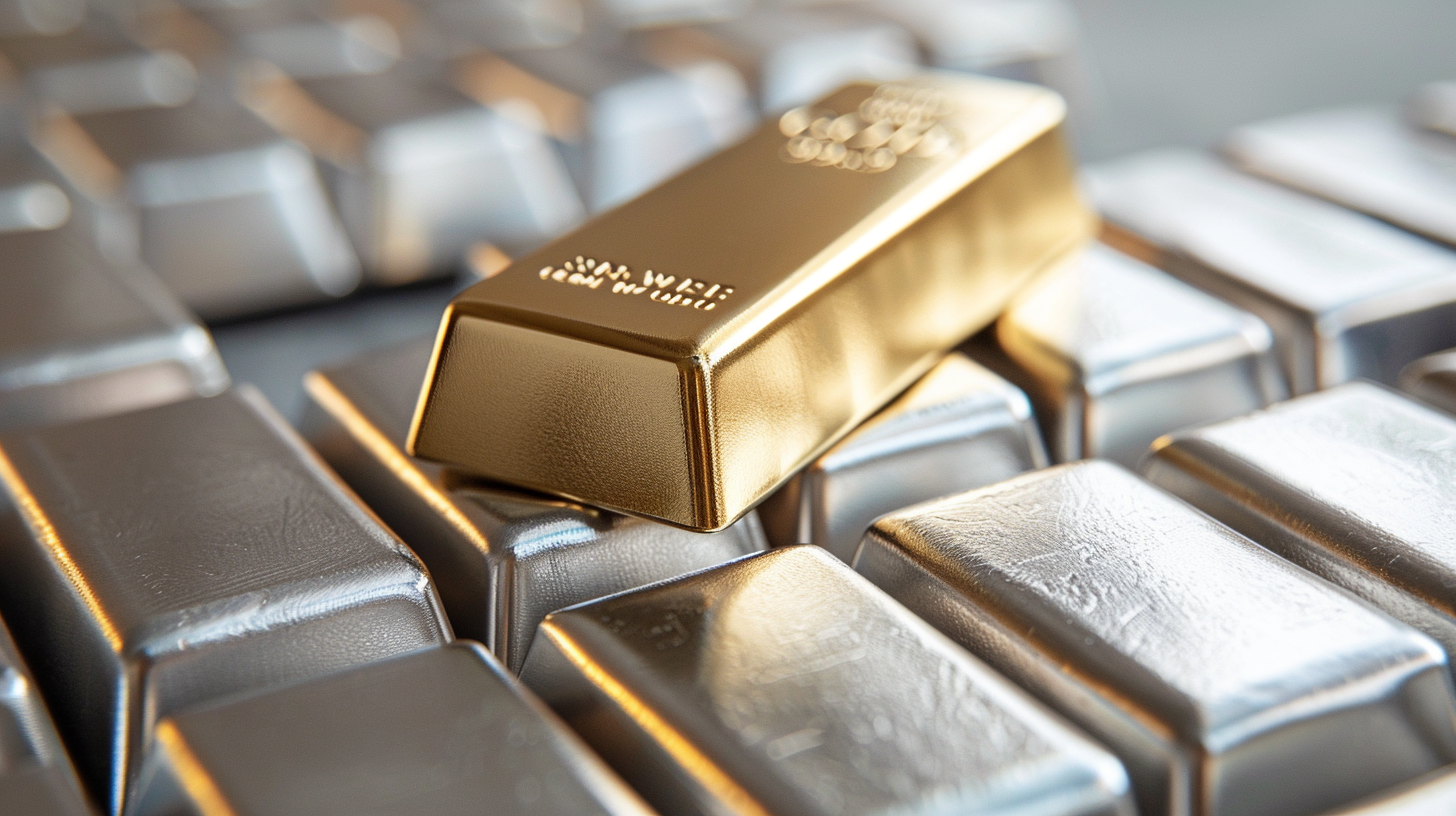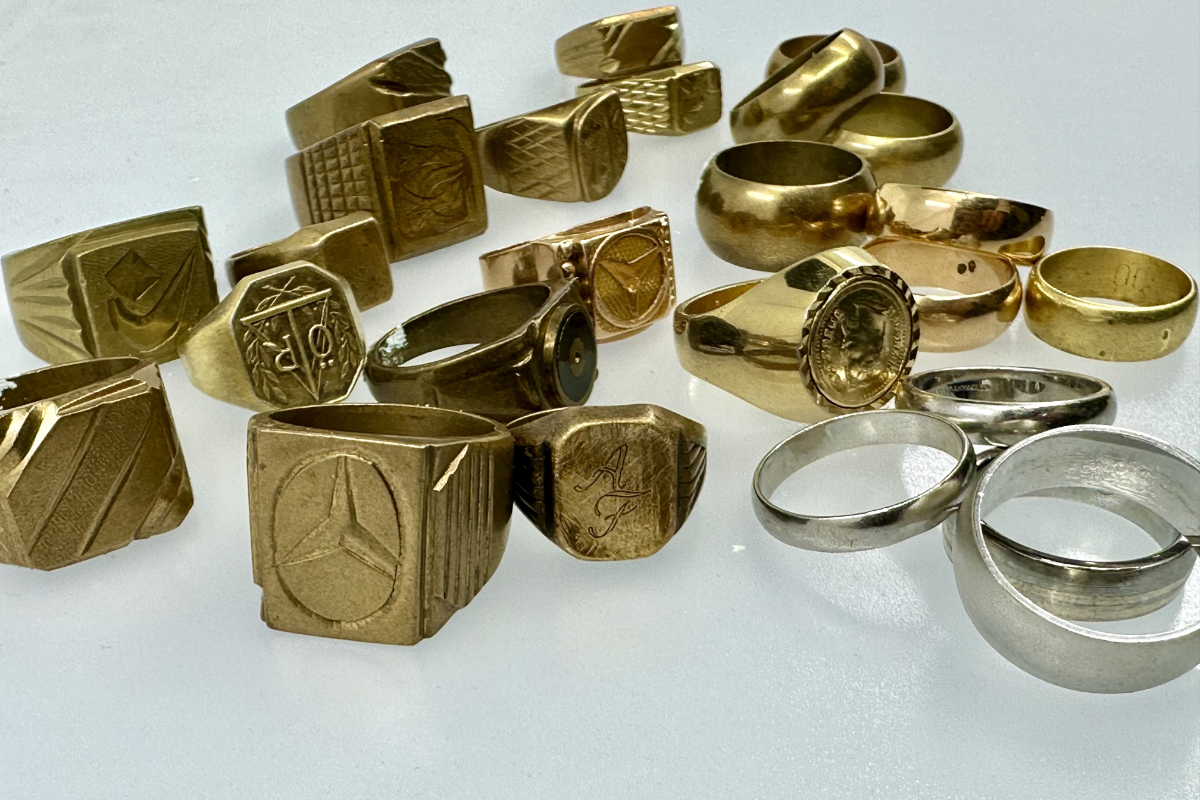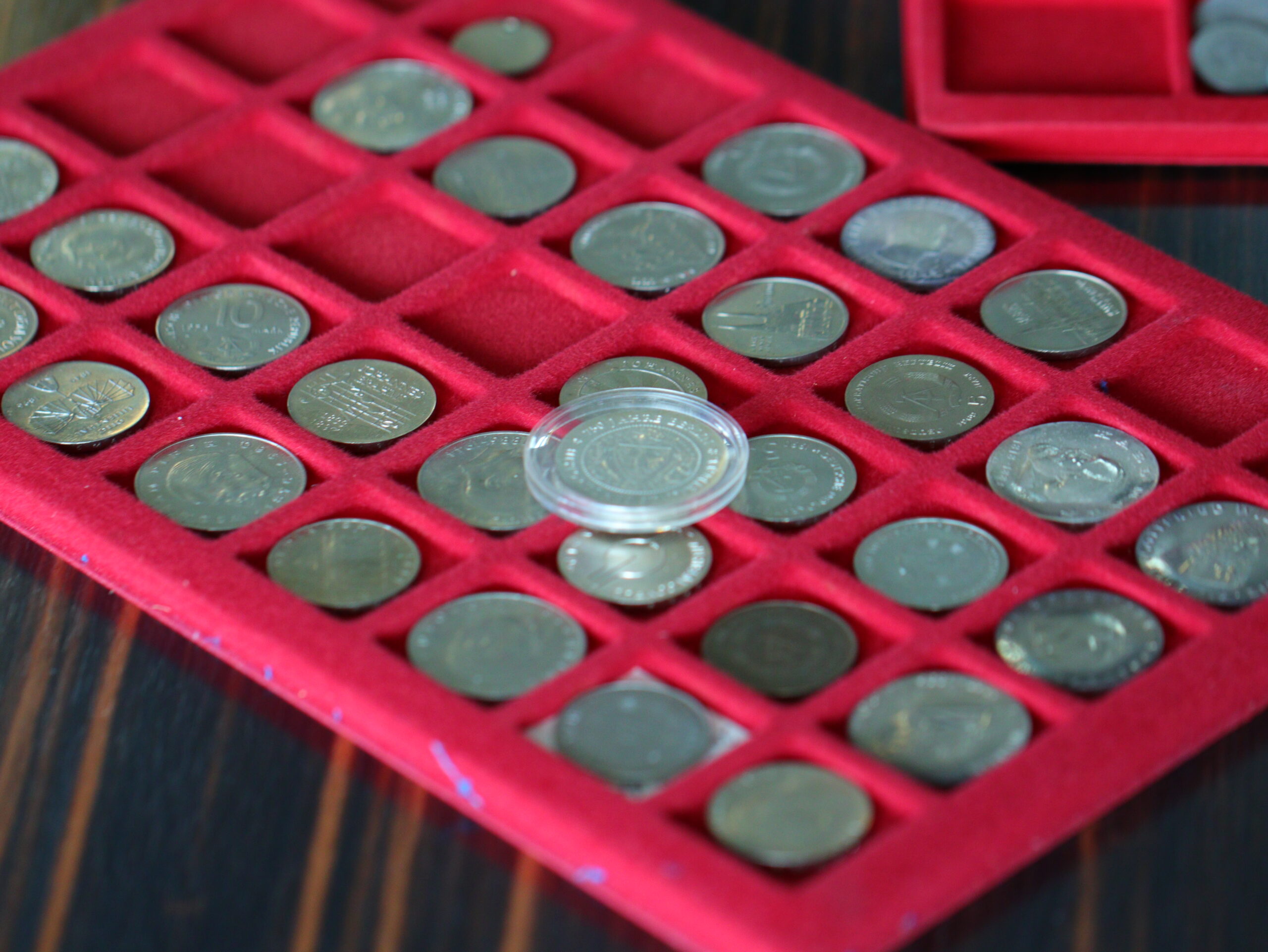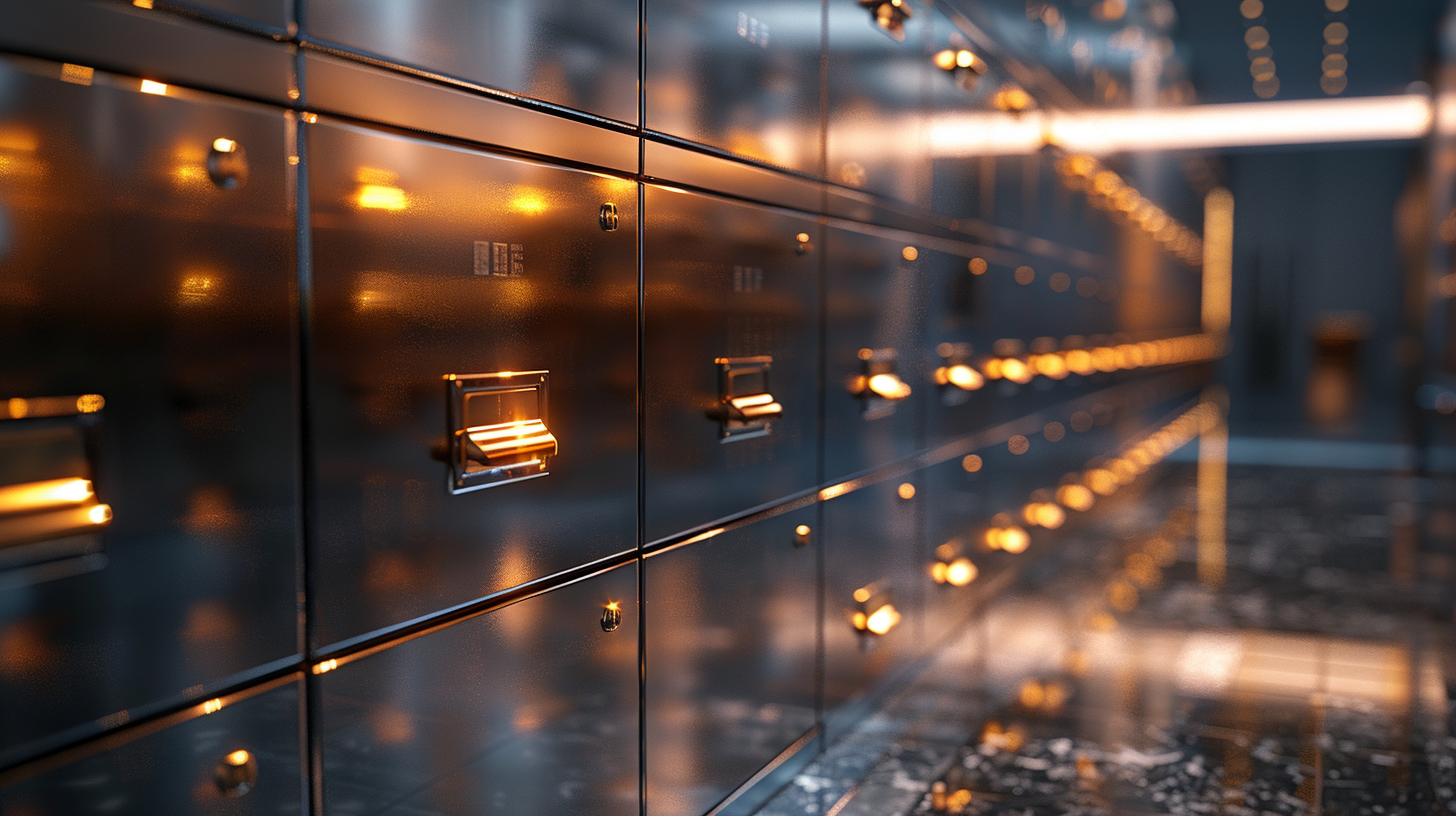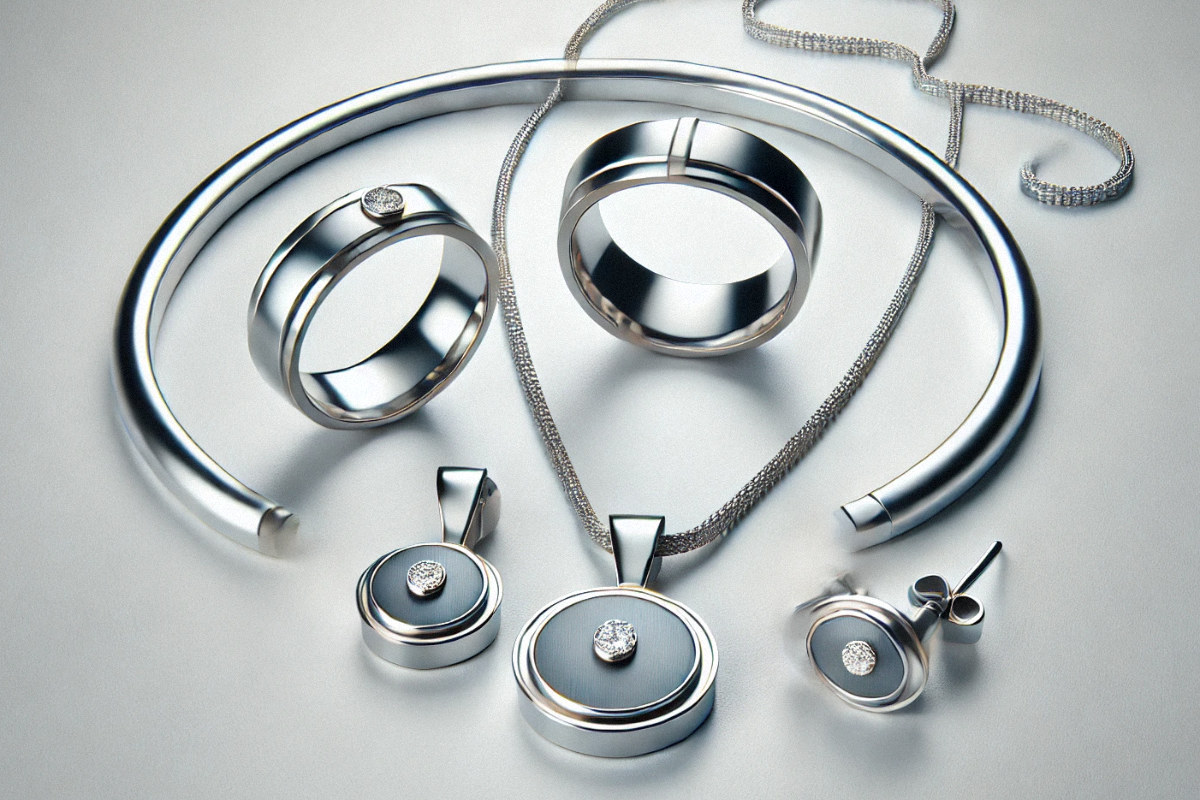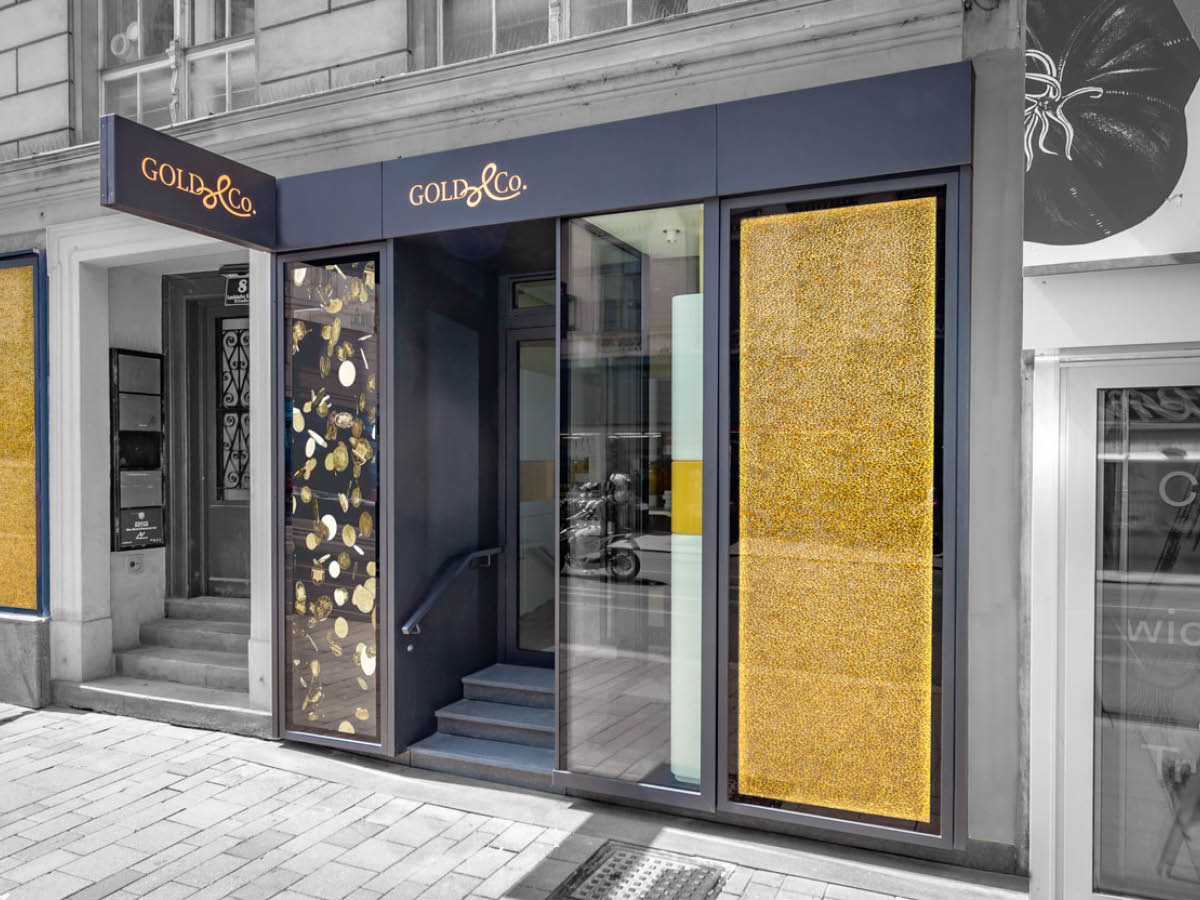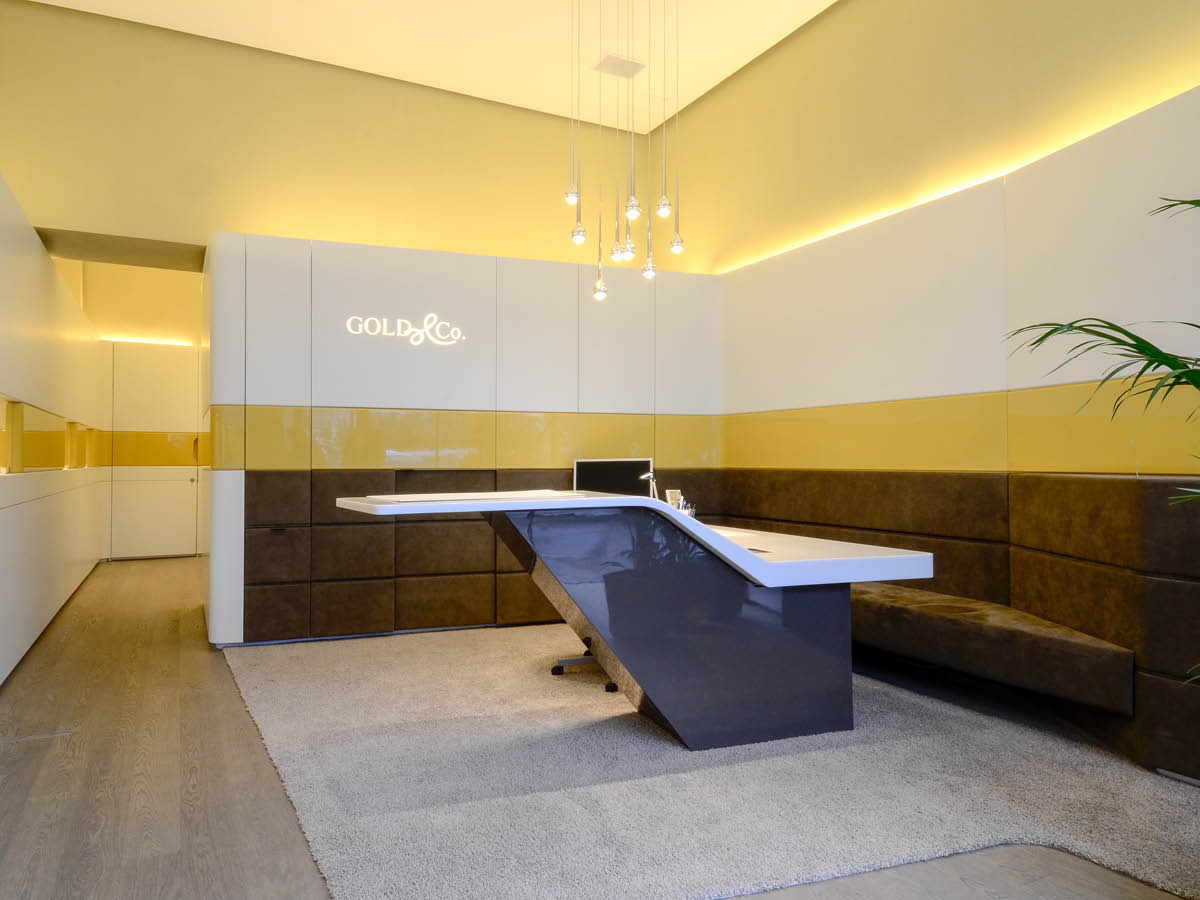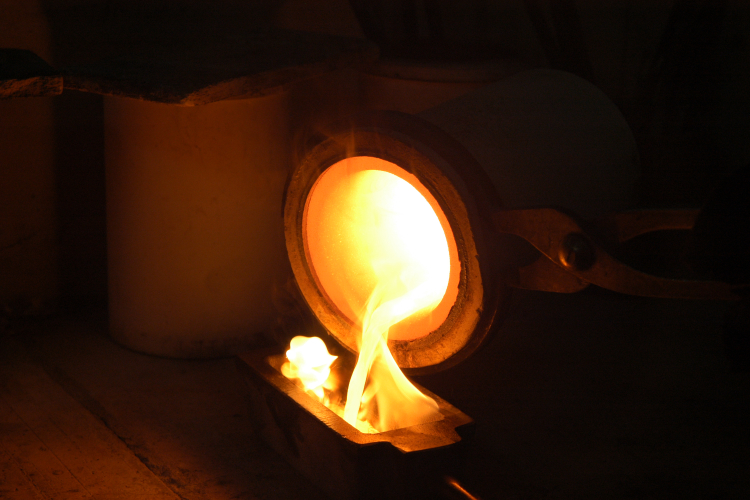
Real gold lovers want to hold a really big gold bar in their hands - and what is more earthy than a real cast bar? Even if it makes no difference to the value of a bar whether it is cast or minted, a cast bar is more in line with the general image of a real gold bar.
Precious metal bars are produced using two methods - the more cost-intensive stamping and embossing and the less expensive casting.
Thanks to ever-improving minting techniques, the minting process has become increasingly popular in the production of small and very small bars in recent decades. For gold bars between 1g and 100g, blanks are first punched out of a gold sheet and then the inscriptions are embossed in the same way as for coins. These bars, which are intended for small investors, are then normally delivered in blister packs.
Larger bars, on the other hand, are still produced using the traditional casting process. These are generally available in 400oz, which are the large LBMA bars in the sizes traded among banks, but also in 1000g, 500g and 250g and some manufacturers even produce 100g bars
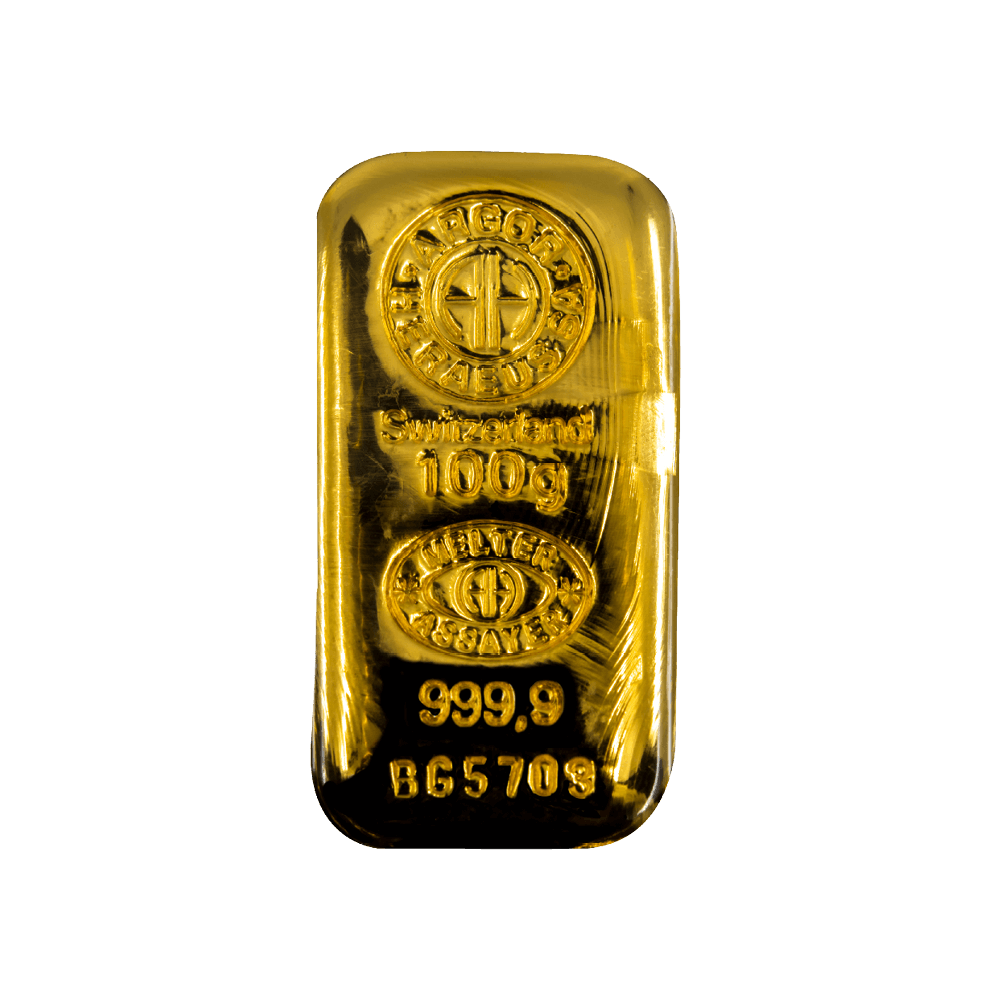
What are the characteristics of cast ingots?
Cast bars are easy to distinguish from minted bars, even for the layman. While minted bars, like coins, have a perfectly smooth, often highly polished surface, cast bars are more like the cliché of gold bars.
Cast ingots are produced by pouring liquid gold into a mold, the so-called ingot. To ensure that the surface looks beautiful at the end, this is done under intense heat and flame. During cooling, the so-called solidification lines are created, concentric lines running from the inside to the outside. These are never polished away and are considered a natural feature of the appearance of a cast ingot.
On the side, a natural cast ingot has a scarred, sometimes porous appearance that is unique to each ingot and is ideal for identifying manipulations, as this pattern is difficult to reconstruct.
Cast ingots are usually unpackaged and slight signs of storage do not affect their resale. However, severe dents or reduced weight also make ingots a melting product.
How do you recognize a genuine cast ingot?
Some manufacturers also issue a certificate of authenticity with the bar, without which the bars are not considered complete and can only be bought back at their gold value, but not for resale. Cast bars from the Austrian Mint, for example, do not have a certificate, but are nevertheless "Good Delivery".
Some bars (such as newer gold bars from the Austrian Mint) are stamped with a knurling on the side, similar to a coin - to make manipulation more difficult, as this would destroy the pattern.
Attempts to counterfeit gold bars
Given the enormous value of even small cast bars, it is not uncommon for fraudsters to attempt to sell counterfeit or manipulated bars.
There are two types of counterfeit bars: cruder counterfeit attempts only imitate the size and appearance of a genuine gold bar and are usually easy to recognize, as these bars made of inferior metals simply weigh too little.
The second type of counterfeit gold bar is much more perfidious - instead of expensive gold, the cheaper metal tungsten, which has almost the same density as gold, is used. This gray metal is either drilled into the bar, poured into it or mixed into the liquid gold in powder form during casting.
Such professionally forged objects can then only be recognized by the trained eye of experts. However, a precise examination of a suspicious ingot using modern physical methods can quickly provide clarity. Magnetic scales, ultrasound equipment to check the sound propagation time and checking the electrical conductivity of an ingot can be used to identify even very good counterfeit ingots.
At Gold & Co, we specialize in exposing such counterfeits and are equipped with state-of-the-art detection technology. Every repurchased investment product, whether coin or bar, undergoes a control process through which we can guarantee our customers the authenticity and integrity of the products.

